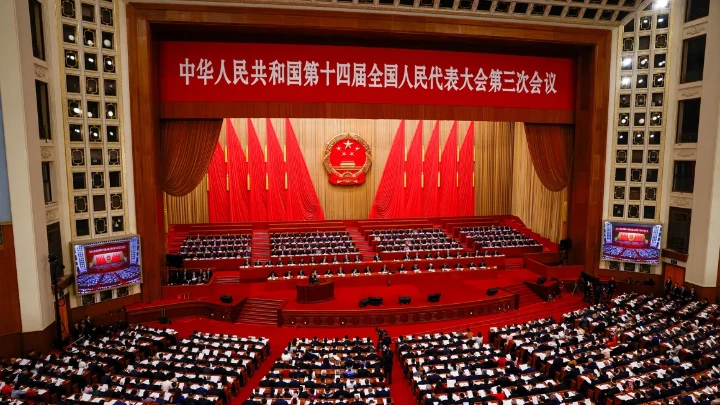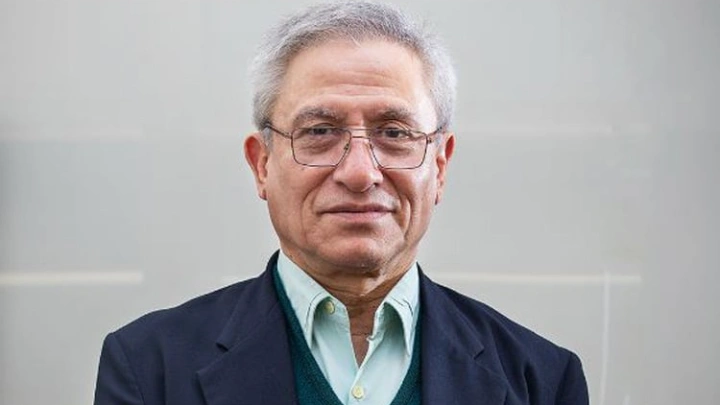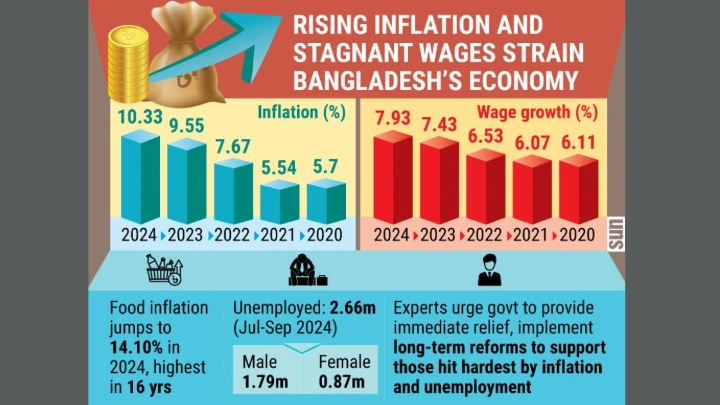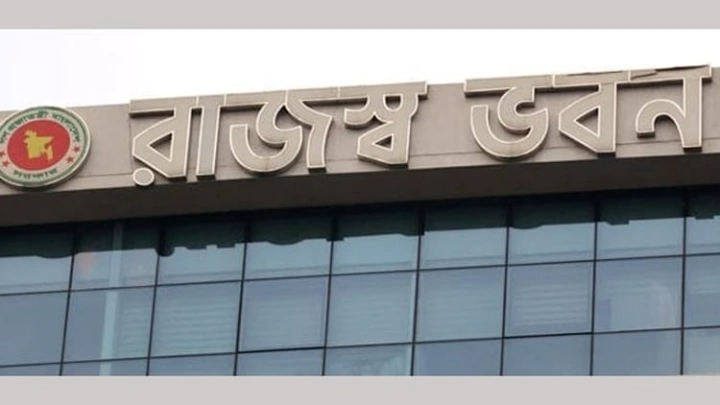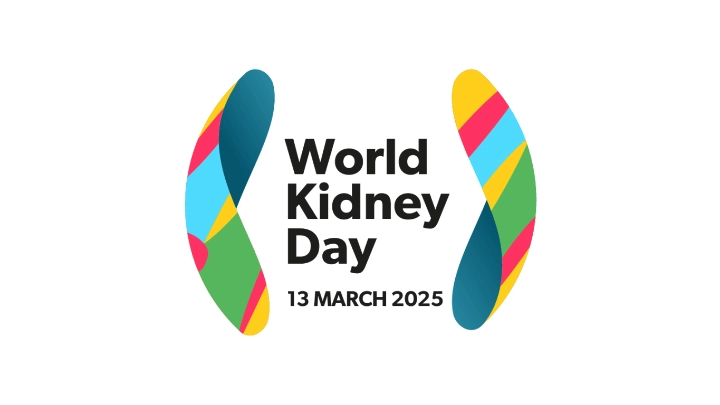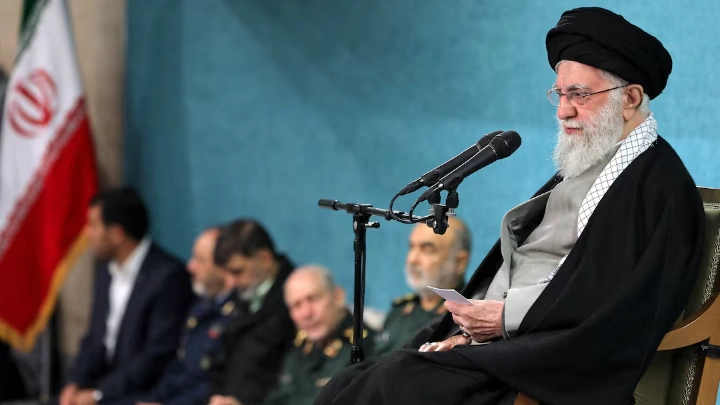Despite Nepal's aspirations to become a ‘zone of investment,’ structural and political obstacles prevent the country from achieving this goal.
Vying for investments: Nepal’s quest to become a ‘zone of investment’
SHIVAM SHEKHAWAT, ORF || Shining BD
At the opening of the third edition of the Nepal Investment Summit (NIS) last month, Prime Minister Prachanda highlighted the ‘legal, strategic and geographical perspectives’ supporting Nepal’s position as an important investment destination.
He subsequently appreciated his government’s investment-friendly policies as they passed new ordinances and amended existing acts in the run-up to the Summit. The Summit saw collective participation from leaders across the political spectrum who pitched Nepal as a profitable investment destination and assuaged concerns about the country’s political (in)stability affecting investor confidence. While sections of the government regarded the Summit as a success, the final commitments fell way short of what the Investment Board Nepal had hoped to bring in. Even as Nepal’s economic indicators have improved slightly, the potential of the commitments translating into concrete contributions in the near future will have to be watched.
While sections of the government regarded the Summit as a success, the final commitments fell way short of what the Investment Board Nepal had hoped to bring in.
Expectations vs reality: The outcome of the NIS 2024
On 28-29 April, around 2,500 guests and 800 potential investors gathered in Kathmandu for the third edition of the NIS. The Summit saw participation from 55 countries with the Government of Nepal displaying 154 projects, both private and government, for investments. Expressions of Interest were prepared for 19 of those projects. In the run-up to the summit, the Government of Nepal also organised pre-Summit outreach programmes through its diplomatic missions. Around 12 foreign investors from the United Kingdom (UK), United States (US), China, and India met the Prime Minister whereas 30 delegates met top officials from different ministries.
As per the Department of Industry, out of the 9.13 billion NPR committed for four projects, 6 billion NPR was for an investment company in Bhaktapur, 3 billion NPR for a business complex building in Kathmandu, 76.6 million NPR for a 200-kW hydropower project in Kailali, and 62.5 million NPR for the construction of hotels and restaurants in Lalitpur. But of the four projects that the Board had prepared for the signing of their project development and investment agreements, none materialised.
India is the top source of FDI stock in the country followed by China. New Delhi’s investments in Nepal are pegged at 33.26 percent of the total FDI stock in the country, amounting to 89 billion NPR whereas China’s FDI is pegged at 33.4 billion NPR. While India’s commitments are highest in the mining and manufacturing sector followed by hydropower and services, China’s investments are predominantly in the hydropower sector. The Summit saw significant participation from both these countries. China reiterated its commitment to work with the country within the ambit of the BRI and the Global Developmental Initiative and resolved to successfully finish the Trans Himalayan Connectivity Network. MoUs were signed between two Chinese and Nepali companies while Beijing also committed to launch commercial flights at the two airports in Nepal—Pokhara and Lumbini.
The Indian Ambassador expressed India’s support in pushing for investments in the country under its ‘Neighbourhood First’ policy. Post the conclusion of the summit, both sides also had a business-to-business meeting, where the Nepal Chamber of Commerce and the Millennium India International Chamber of Commerce, Industry and Agriculture signed an MoU on cooperation. The Nepali Foreign Minister released a handbook for Indian investors keen on investing in the country and an agreement was signed between the BLC Group of Nepal and Yotta Data Services of India to establish a data centre in Kathmandu.
What impedes the flow of FDI in Nepal?
The Government of Nepal organised the first summit in 2017, followed by the second in 2019. In the former, the country received US$ 13.5 billion worth of commitments with 61 percent of the investment pledges in 2017 made by China. In the latter, US$ 12 billion was committed for 50 projects, a fall from the previous edition. As has been the pattern, the real disbursement of this committed amount was low—US$ 1.5 billion in 2017 and US$ 90 million in 2019. A steady inflow of FDI is integral to Nepal’s economic development. At the end of 2021-22, the country’s FDI stock increased by 16 percent to 264.3 billion NPR. In the first eight months of the current fiscal, the FDI commitments jumped by 93.34 percent. However, as per the Nepal Central Bank, the actual inflow is still low, hovering at 5.18 billion NPR in the first seven months of the current fiscal, ending mid-February. The gap between the approvals for FDI and the net FDI inflows has always been high in the country—between 1995-96 and 2021-22, total FDI inflows were only 36.2 percent of the total FDI approvals.
The gap between the approvals for FDI and the net FDI inflows has always been high in the country—between 1995-96 and 2021-22, total FDI inflows were only 36.2 percent of the total FDI approvals.
To address the prevailing issues that impede the flow of FDI in the country, Nepal has taken multiple initiatives over the last few decades to make the environment more conducive. It revised its Foreign Investment and Technology Transfer Act in 2019 and came out with the Industrial Enterprises Act in 2020. The increase in pledges in the current fiscal is attributed to the changes that the government brought in the budget—the budget statement mentioned a provision for deploying the automated route for investments under 100 million NPR in seven days. According to the Finance Minister, efforts were also made to reduce the time and cost of business and bringing in more transparency and accountability.
In the run-up to the summit, around eight laws related to the Land Acquisition Act, the Electronic Transaction Act, the Public Private Partnership and Investment Act, and the FITTA, etc. were sent for amendment through an ordinance. As per the PM, the country also recently approved a framework for a bilateral investment agreement and urged countries to sign those. In February 2024, Nepal and Australia signed and exchanged a trade and investment framework agreement. The adoption of the ordinance route instead of following the usual process for amending a law has invited questions from the Opposition about the credibility of the ordinance approach adopted by the government.
Certain structural and endemic issues have plagued the steady flow of investments in the country. The pervasive corruption, restrictions on the working of foreign firms, negative list of sectors which can avail FDI, government’s monopoly on certain sectors—all affect investor confidence. At this year’s summit, the UK government’s trade commissioner for South Asia also urged the government to focus more on taking legislative measures to avoid double taxation and come up with policies on the protection of investments. The investments are also restricted, both sectorally and locationally. The frequent change in governments and the reversal of policies is a major issue. The back and forth on the minimum threshold of investments, which was first increased from 5 million NPR to 50 million NPR and then brought back to 20 million NPR, is one example of this vacillation. The bureaucratic red tape, strict labour laws, and steep transportation costs all impede the steady flow.
"The pervasive corruption, restrictions on the working of foreign firms, negative list of sectors which can avail FDI, government’s monopoly on certain sectors—all affect investor confidence."
An evasive stability?
Looking beyond the rhetoric on the lofty commitments made by countries during the Summit, the Summit was criticised for failing to reflect inter-agency cooperation. The adoption of ordinances as mentioned previously also wasn’t viewed favourably. Investors have been given 45 days to submit their expressions of interest for hydropower projects and 35 days for other projects. But for these commitments to fall through, political stability is imperative. Less than a week after the Summit, one of the groups in the current coalition, the Janata Samajbadi Party-Nepal (JSP-N) split, formed another party called the JSP, indicating political instability that could mar the trust of potential international investors. Further, the PM had to subsequently go in for a vote of confidence, his fourth since coming to power in December 2022. While the coalition is still intact, these political machinations succeed the change in coalition which happened in March—when the Prime Minister severed ties with the Nepali Congress and formed a new coalition. These developments can all potentially derail the progress of any incoming investments.
Conclusion
As the overall contestation between the US and China replicates itself in South Asia and many extra-regional powers show their inclination to increase their footing in the region, there is an acknowledgement in Kathmandu to leverage the current geopolitical environment for its own benefits and economic advancement. It has time and again shown a willingness to pitch itself as a ‘zone of investment.’ But as has always been the issue, any hopes of reaping the economic benefits and bringing in more FDI cannot be successful unless there is a major overhaul in the structural and political impediments that hold back the country.
Shining BD



